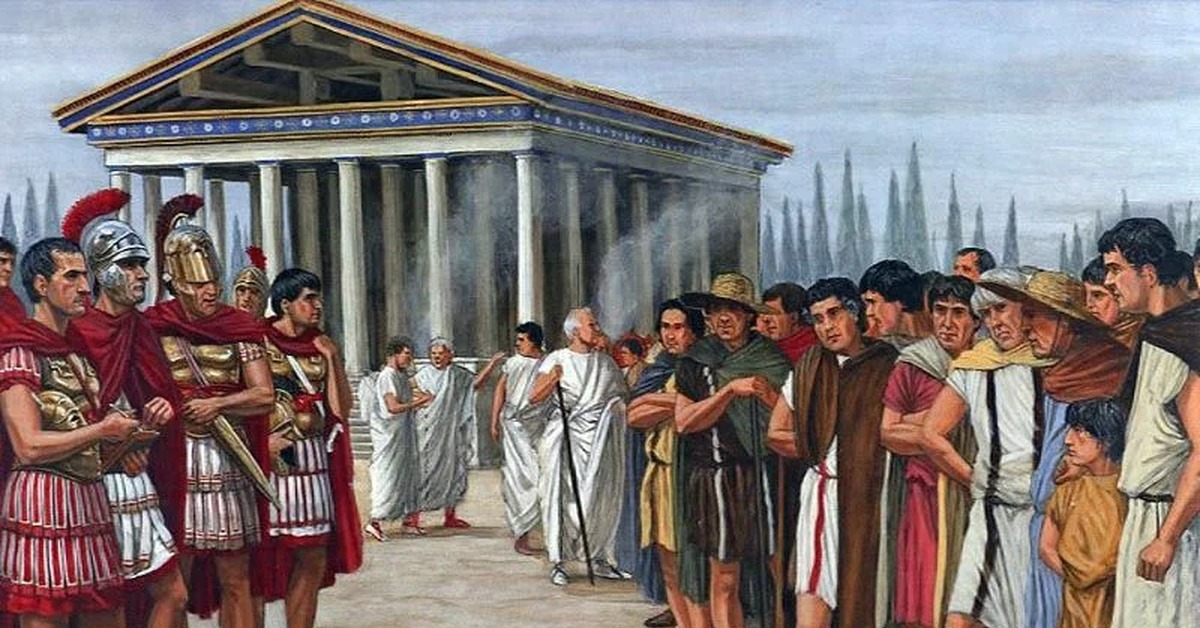Ancient Rome was the first place where coins were minted and had a face value. Their price was equal to their value: how much silver was in it was how much it was worth. This reform demanded a new approach to money and https://telegram-store.com/catalog/product-category/channels/economics. As a result, banking began to develop rapidly, there was a large number of banks, which soon divided responsibilities among themselves:
Mensariums dealt with the exchange of currency;
the argentarii dealt with the full banking business – lending, accepting deposits, transferring money.
How did the process of opening a deposit work? A client brought a certain amount of coins to a merchant. They were carefully checked for authenticity, and then sealed in barrels or bags, with the obligatory presence of witnesses. The controller was responsible for the safety of the money, and took all the necessary notes. The popularity of the service was very high: rich Romans trusted the banks and gave them their money for safekeeping.
The rich also willingly took out loans when they lacked their own money for expensive purchases. At first they were given without charge, but then interest was introduced. By the way, they were quite exorbitant, up to 60% per annum. If, however, the Argentarians refused credit for any reason, the Romans turned to usurers (fenators), but very reluctantly.
